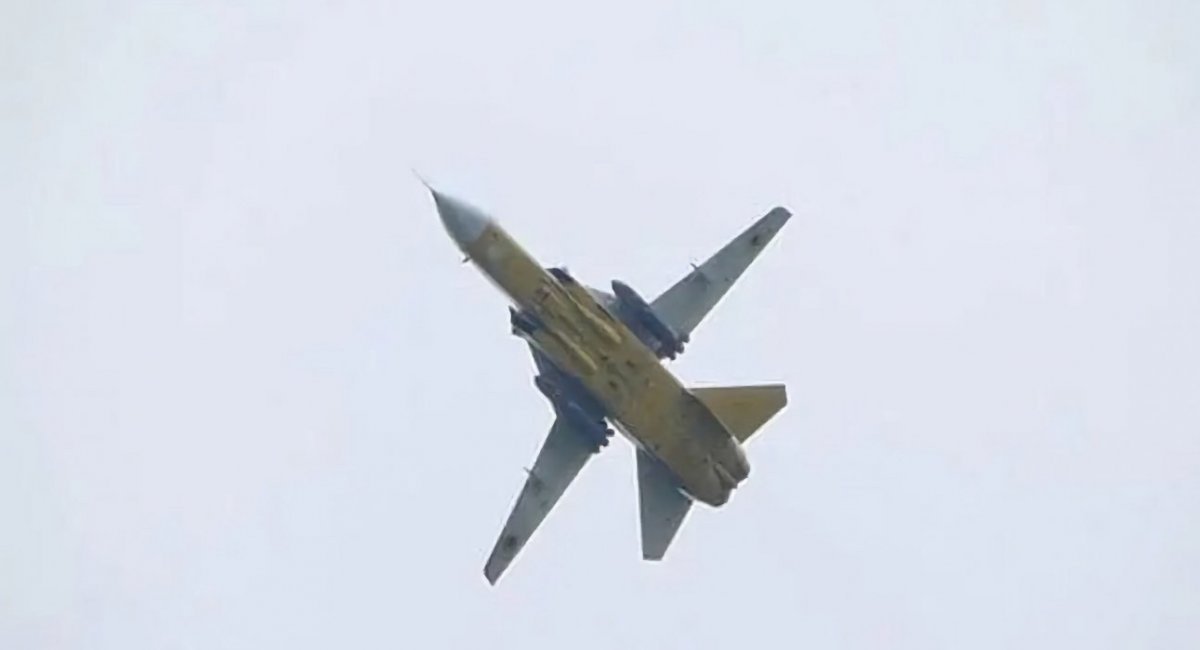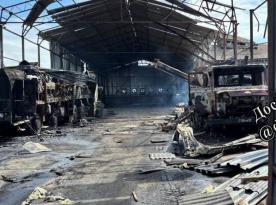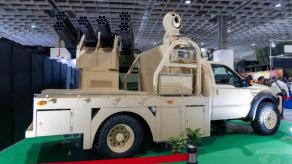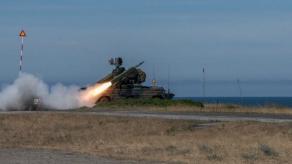When Ukraine deals another long-range precision strike military assets and encampments in the occupied territories of Ukraine, usually, the types of weapons engaged in such an attack are not disclosed.
It is taken for granted that these attacks involve exactly Storm Shadow air-launched cruise missiles as the most far-reaching weapon the Ukrainian Defense Forces have for launching strikes against targets on land. Although we also should mention here the SCALP-EG missiles from France, which is basically an alternative brand name for the same Storm Shadow.
Read more: How to Adapt French SCALP-EG Missiles to Ukrainian Su-24 Aircraft
However, if we take a closer look at some media reports about Ukrainian long-range strikes, we'll notice an interesting hint: in order to be 100% effective, a Storm Shadow strike also needs to be "supported" by American AGM-88 HARM anti-radar missiles and ADM-160 MALD decoy drones.
The logic of application here is actually simple: first, an unmanned MALD is launched as a "bait" – the russians activate their air defense equipment and thus expose their location to the enemy; then, a HARM anti-radar missile targets the detected anti-aircraft system; and once russian air defense is suppressed and the sky is safe, a Storm Shadow is launched at the intended target.
Such a multi-step "reinsurance" is actually not excessive. Although Storm Shadow can be called an almost ideal embodiment of "stealth" technologies in long-range weapons production, this cruise missile travels at a subsonic speed, similar to the russian Kh-101 (such analogy was pointed out by the Brits themselves).
And here is the point if Ukrainian air defense forces have already reached the average level of up to 85% effectiveness in shooting down subsonic cruise missiles, the russians, too, can learn and at least try to neutralize Storm Shadows by their own means. Moreover, it was never said Storm Shadow was "100% invulnerable."
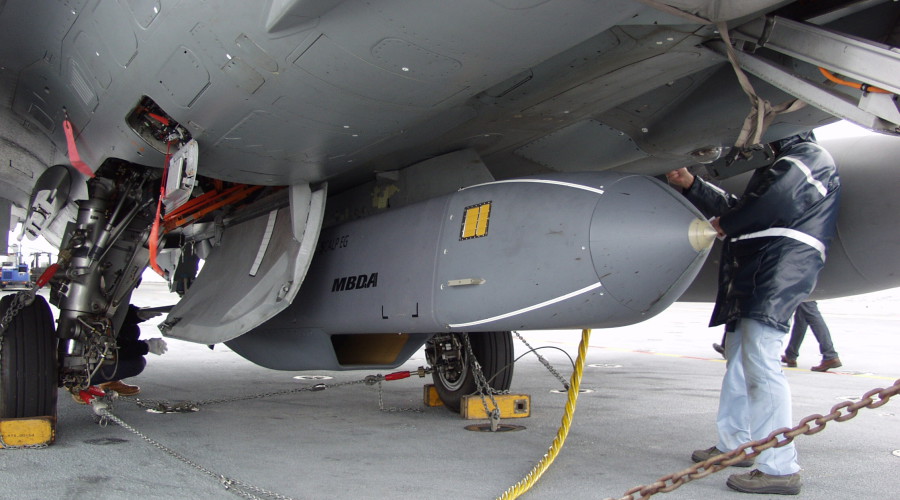
There is also another noteworthy aspect related to ADM-160 MALD decoys. It is still unknown how the Ukrainian Air Force managed to adapt its Soviet-heritage aircraft so it could launch these US-made UAVs. For the first time, these "bait" drones made their public appearance on Ukrainian battlegrounds in the early days of May 2023, but since then, apart from the fact of their arrival, no additional details have become known.
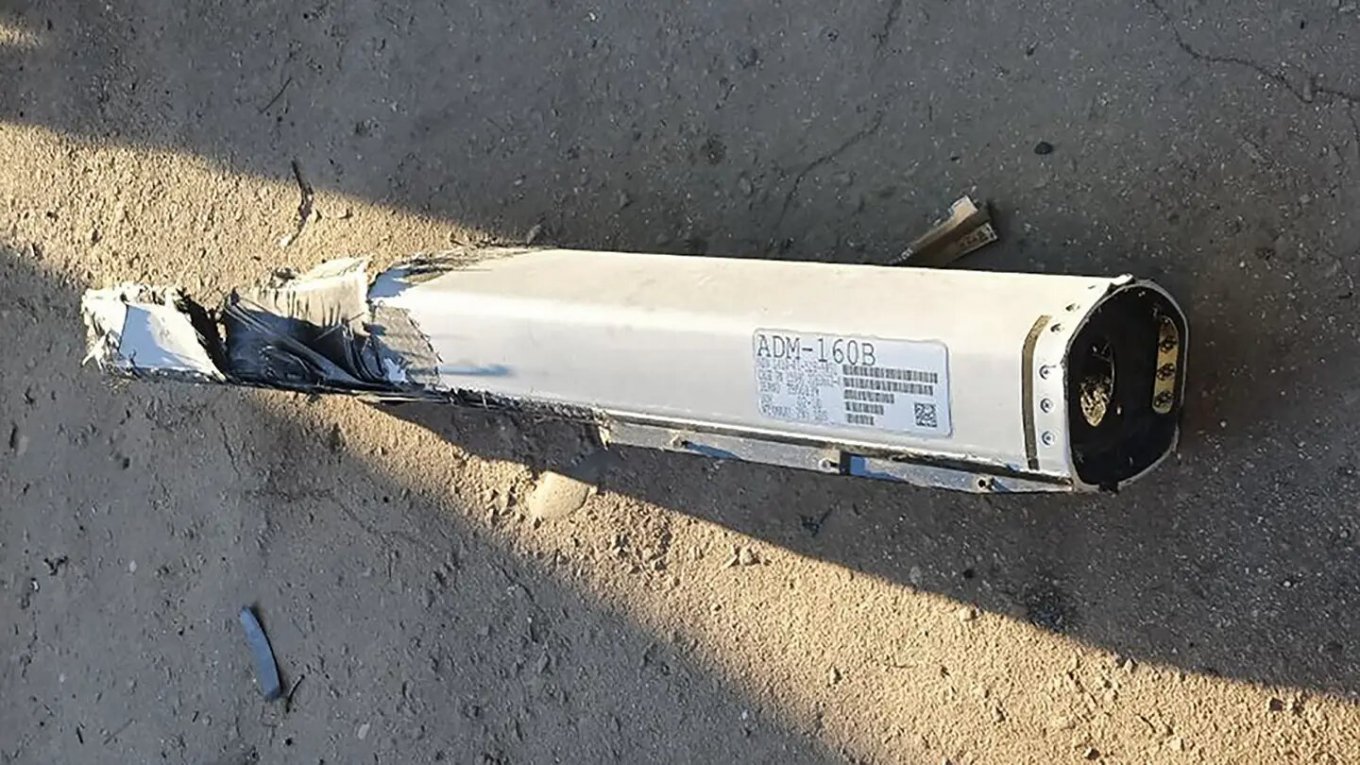
Therefore, Defense Express has nothing to add to our earlier assumption from this May: most likely, it could be MiG-29 fighters that were adjusted so that they can use MALD. The drones have an extremely low flight weight for their category, only 45 kg. Due to that, one fighter aircraft can take several of MALDs at once. In open sources, we can find the following details: an F-16 can carry up to four decoys, and an A-10 lifts up to 12 at a time.
Other specifications of the ADM-160: body length is 2.38 m (almost 8 feet), wingspan is 0.65 m (2 feet), and the flight range is from 460 to 575 km depending on the modification. Incidentally, we should note the outstanding design of this unmanned "bait" since all the necessary equipment required for simulating the flight of an approaching "cruise missile" on the displays of enemy air defense radars fit into such a small and compact hull.
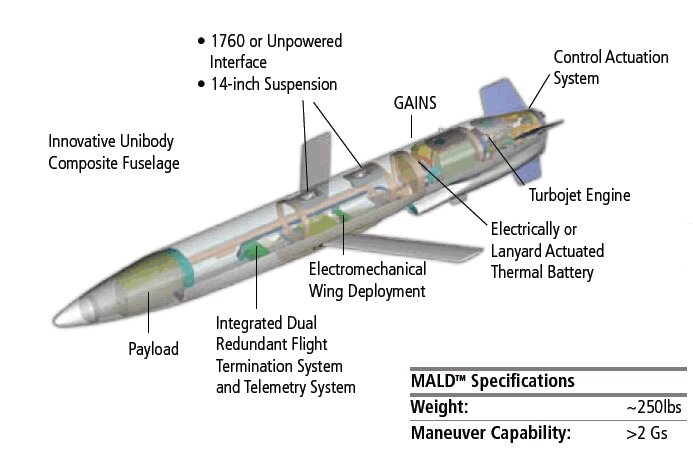
Read more: Hvardiiske in Crimea was Struck: An Important Target With Potential Serious Aftereffect




